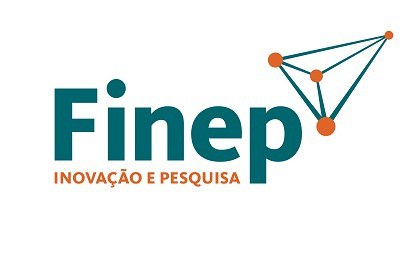BINGO is an acronym for Baryon Accoustic Oscillation In Neutral Gas Observations, the only radio telescope designed to make the first detections of Baryon Acoustic Oscillations by radio frequency. The BINGO Telescope will perform its detections in the radio band in the range of 960 to 1260 MHZ. This is the detection range of the neutral gas (atomic Hydrogen) with wavelength located at a redshift between 0.13 and 0.48.
The BINGO Project has as main objective to investigate the baryons acoustic oscillations (BAO) through the most abundant element of the Universe, the atomic hydrogen, in the wavelength of 21 cm (1.4 GHZ). Detection is not performed at the same wavelength due the "reddening" caused by the Universe's expantion, there is a change in the detection range, which is between 960 and 1260 MHZ in sources that are at a redshift between 0.13 and 0.48.
The radiotelescope will do the detection, mode of operation, throught the known HI Intensity Mapping, in which vast areas of the sky will be constantly swept (analyzed) in order to obtain the integrated emission of unresolved zones within a certain distance angular, and thus investigate the large-scale structure of the Universe. From these data, we will establish the scale of fluctuations, or changes in the distribution of matter, in which the higher the emission, the greater the density of gas (hydrogen).
The BAO are like standard rules that allow to measure the expansion of the Universe as a function of the deviation to the red, and for that reason, to restrain the properties of the dark matter.
The telescope structure will have two mirrors, pimary and secundary mirrors, an arrangement of 50 horns, receivers and FFT analyzer. It will be a static telescope. where no piece will be movable. In general, the signal coming from space will be reflected in the two mirrors, the primary will collect the radiation from the sky and reflect to the secondary mirror. The second mirror had directed the signal to the arrangement of horns. The electromagnetic wave passes through the horn, transitions, polarimeter to the receiver. The data associated with the signals will be analyzed through a structure called the FFT analyzer and collected by the server on the computer. The radio telescope will track a region in the sky of 15 degrees by 200 degrees over the years. It will have a resolution of 40 arcminutes at the frequency of 1 GHz. The accuracy of the acoustic scale will be approximately 2.4% at the end of a year of an integration time.






